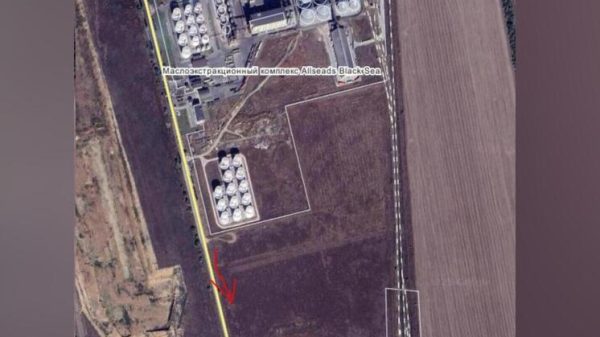The arrival of 5G in Australia will provide much-needed high speeds for areas left lagging behind by the National Broadband Network, but for most mobile users the day-to-day difference will not be immediately noticeable.
The thing about internet access is that you only really notice it when you don’t have it, or if it isn’t working well.
While Australia has spent more than a decade arguing how best to get fast, reliable internet into homes, mobile networks have been making inroads. Now the first iterations of ultra-fast 5G have been switched on in some parts of the country.
Apple’s new iPhone 12 and 12 Pro devices are not the first 5G phones on the market, but it is the first opportunity I have had to test 5G since Australia’s mobile network operators began switching on 5G in the middle of last year.
iPhone 12 and iPhone 12 Pro review roundup: fresh design and future-proofing
Read more
Living through one of the longest lockdowns in the world in Melbourne, I was keen to get out and about and see how much 5G had been built in the past four months.
When I first managed to get a 5G connection – somewhat delayed by an issue with Telstra automatically switching my account to 5G without, for some reason, actually giving me access to 5G – I pulled in download numbers at 555 megabits-per-second (Mbps) down, and 54mbps up.
The all-important latency is a good 19 milliseconds (ms) – very little lag.
The speed is significantly higher than the 50Mbps/20Mbps I pay for on the NBN. But apart from bragging rights from the speed test screenshot, it was difficult to gauge any perceivable difference in speed on my mobile.
As long as the video streams clearly, websites load quickly and downloads and uploads happen in no time, it is unlikely most people would notice the difference between 4G and 5G on their phones.
I can imagine once I am able to leave the 25km radius of Melbourne and need fast connectivity and low latency for working on the go, 5G will be ideal.
On a second day, in a different part of Melbourne’s inner north, I managed to get over 800Mbps download speeds, more than I would ever need to work from my laptop, including video conferencing and uploading files.
During my trial adventures in Melbourne’s inner north, the 5G connection remained consistent until I ventured further than about 3km from the CBD, where it switched back to 4G.
I was streaming ABC iView at a high quality bitrate at the time but didn’t notice the speed had dropped until I went to do another speed test. I still pulled download and upload speeds of about 30Mbps.
What is telling about how most people will initially use 5G is how Apple has developed the new iPhone 12 and 12 Pro. In the network settings, it is by default on 5G auto, which means it will not automatically connect to the network via 5G unless it realises you need to do a massive data transfer or anything else where you need much higher speeds.
This means that when you’re walking around with your phone in your pocket, streaming Spotify or making a call, you won’t be connecting to the 5G network but will fall back on to 4G. It does this because 5G can be more of a battery suck than 4G is at the moment, so it makes sense to only connect when absolutely necessary to save your battery life.
Where 5G will come into its own for the average user is when people use it for work or to replace their home internet connection.
In my home, the signal is weaker, but I still manage to get 190Mbps download speeds. Upload speeds, however, were much worse than my NBN connection: just 5Mbps.
At those speeds I could still do most of what I need to do for work, but VPN access and my video conferencing abilities were somewhat limited due to the lower upload speeds.
Were I in a household of multiple people all working or studying, it would be even more difficult.
Telstra and Optus have launched home broadband products using 5G that are price competitive with the NBN.
Google Pixel 4a 5G review: cheaper with two-day battery
Read more
The key to 5G will be rolling it out far and wide. You don’t have to go far out of the inner suburbs before you find homes on slower fibre-to-the-node connections, or NBN’s fixed wireless service. If 5G becomes available in those areas, it will be a more attractive option than home fixed line internet, with its higher speeds able to accommodate a house full of people streaming, working and studying.
In the early stages of 5G, anyone who is thinking of swapping their home internet for 5G should first check the availability of the network in their area, and compare the speeds and price difference.
5G is a network built for keeping up with the demand years from now, not necessarily what’s required today. We won’t see its full benefits for some time, and most will not be directly beneficial for the average user. It will be machine-to-machine communication, and all the connected devices we will have, such as smart cars, where it will make the biggest difference.
So for now, 5G is nice to have, and most useful for those who need a replacement for the NBN. If it’s just for your phone, you might not notice any immediate benefits if you already have decent 4G coverage.
















































Свежие комментарии